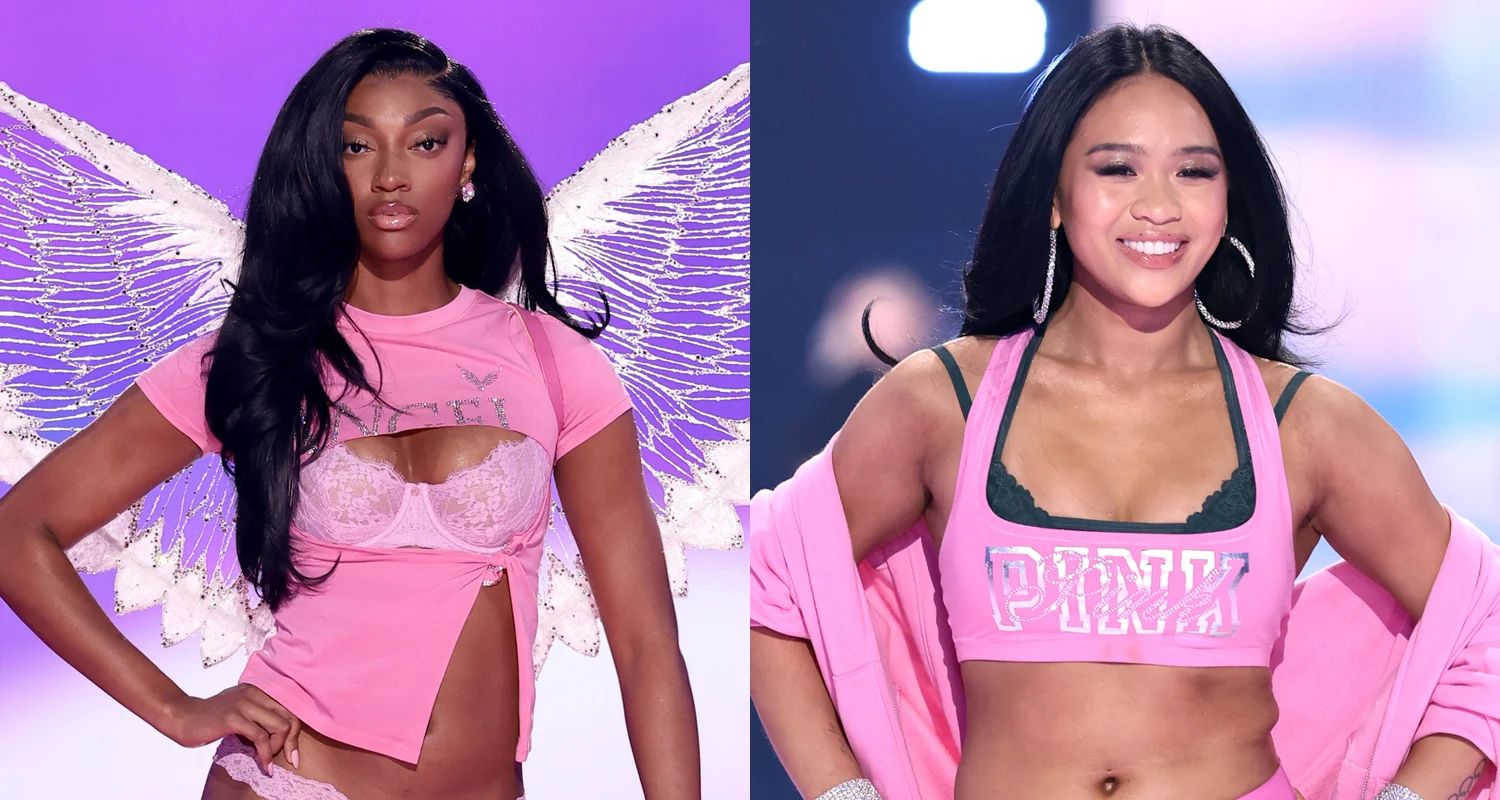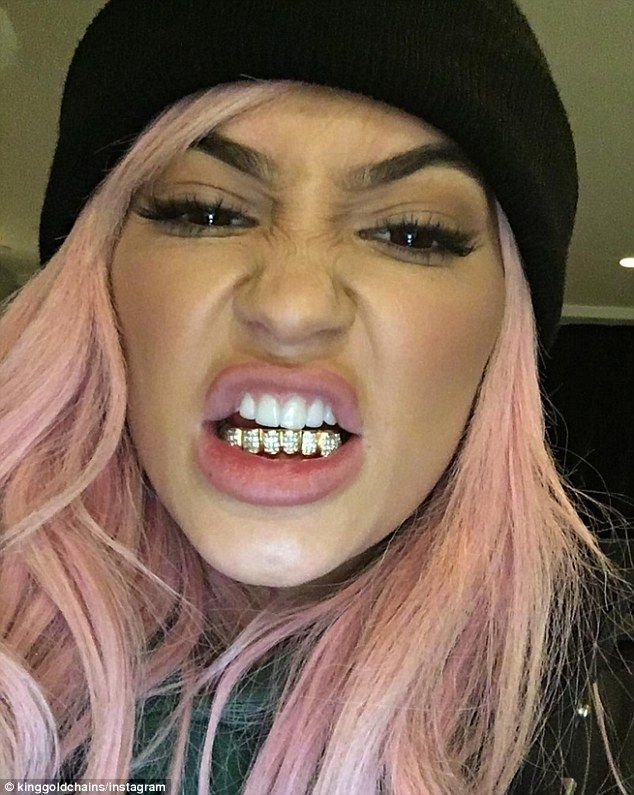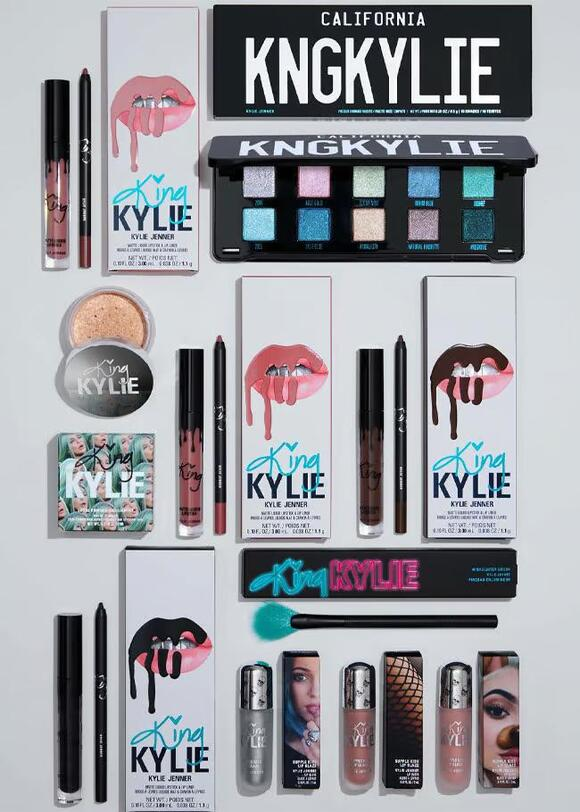We Can't Bring Back 2016 (And That's a Good Thing)
The myth of “better back then” has cast a warm, nostalgic glow over the 2010s: a decade remembered for its glittering Victoria’s Secret runways, million-dollar fantasy bras, King Kylie lip kits, and Coachella flower crowns. To some, it was a simpler time before the rise of “woke” culture and the internet’s never-ending callouts. But behind those rosy, and turquoise-tinted, lenses, the decade wasn’t as idyllic as memory makes it. The 2010s carried over the white-centric, bone-thin beauty ideals of the 2000s when Kate Moss famously declared that “nothing tastes as good as skinny feels,” but it was also a turning point. The decade marked a series of milestones that shed light on body-size, race, and genders that had been left out of the fantasy that brands were selling. Now that social media has given rise to more voices, it's important to build off the progress that was made in the 2010s, rather than cling to the aesthetics that tied the decade to an exclusionary past.
A notable callback to the 2010s is the renewed demand for the Victoria’s Secret Fashion Show and its Angels in full grandeur. In 2025, the brand had its second runway revival following a less successful attempt in 2024, and the last traditional show in 2018. The show’s creative direction carefully balanced efforts to recreate the spectacles of the past years, without leaning into overt male fantasies that faced backlash (e.g. the sexy farm girl or flight attendant). Instead, the show leaned into the American showgirl tradition, recently brought to life by Taylor Swift, featuring elaborate head dresses, pearls, and feathers.
Although many elements of the revival nodded to what audiences missed—the extravagant wings, live performances, and the return of veteran Angels like Candice Swanepoel and Adriana Lima—social media users were quick to criticize the show’s casting. Unlike the traditional shows, the runway featured athletes Angel Reese and Suni Lee alongside TikTok and YouTube influencers Gabi Moura and Quen Blackwell, prompting complaints due to their lack of modeling experience. However, as Cosmopolitan aptly critiqued, for a runway show featuring $5.00 thongs, “why are we acting like representation and inclusion could somehow cheapen its reputation?”
In fact, it was the very runway shows that fans now idealize, and want back in identical form, that shrunk Victoria’s Secret’s market share in the late 2010s. At the height of the #MeToo movement, when women across the country were speaking out against sexual abuse and misconduct, the shows lost cultural relevance by continuing to cater to male fantasies.
Reports also surfaced about Victoria's Secret’s top executives kissing Angels backstage, making demeaning comments about women’s bodies, and pressuring the models into nude posing for personal coffee table books. Ultimately, it was then–chief marketing officer Ed Razek’s infamous 2018 Vogue interview, where he stated the brand’s “fantasy” did not include transgender or plus-size women, that sealed the runway’s fate.
For a brand marketed primarily to women, the exclusion and objectification of so many sparked outrage as broader cultural conversations about women’s equality gained traction. After the backlash, Victoria’s Secret overhauled its marketing around women’s empowerment, and the beloved Angels were replaced with the VS collective: a diverse community of brand ambassadors.
It is because of this brand restructuring, that Victoria’s Secret’s runway shows can now only gesture toward the nostalgia of their former era, but the true character of the 2010s can never be truthfully revived. By celebrating the diversity of its models—plus-sized women, influencers, and athletes—the brand can continue to empower women while recapturing some of the fanfare that audiences missed after the shows came to a complete halt.
Personally, I can appreciate Victoria’s Secret’s efforts to reframe the runway as a celebration of different types of women. The original shows, though theatrical and glamorous, were as much about the audience's spectacle as they were shaped by the desires of the corrupt executives behind the curtains.
Another hotly debated 2010s resurgence, happening off the runway, is the Kylie Cosmetics revival of the King Kylie era: the time when Kylie Jenner notoriously dated Tyga while sporting diamond grills and colorful wigs. The King Kylie aesthetic helped define the cultural zeitgeist of the mid-2010s, influencing the millennial generation’s approach to beauty and fashion, and even my own crop-top-and-choker era in middle school.
By late 2018, Jenner’s social media presence waned during her pregnancy, and when she reemerged, her image had evolved to reflect the “clean girl” aesthetic and skin-conscious beauty trends that gained traction around 2020. Her once-signature looks—oversized cropped hoodies, leather pants, and ripped tees—gave way to a softer, minimalist style that emulated the new ideal of quiet luxury.
While her retreat from the public eye was partly for her mental health and privacy, it coincided with growing public scrutiny of the Kardashian-Jenner family’s long history of appropriating Black culture. The family has been widely criticized for altering their bodies through fillers and BBLs to emulate the features of Black women, while simultaneously profiting from aesthetics rooted in Black communities. Their public relationships—with men such as Lamar Odom, Kanye West, and Ray J—and their close friendships with Jordyn Woods and Blac Chyna further fueled conversations about their proximity to Blackness as a means of authenticating their brand.
Now that Blac Chyna and Jordyn are no longer connected to the Kardashian-Jenner circle, and Kylie is a mother in a public relationship with actor Timothée Chalamet, her attempts to resurrect her teenage persona feel incongruent with her current life, and more like an effort to recapture lost relevance. Some fans have also criticized her inability to fully commit to the King Kylie aesthetic, noting that the “revival” consists mostly of her usual makeup looks, but with blue eyeshadow and highlights.
Just as Victoria’s Secret attempted to recapture the nostalgia of its iconic runway shows without objectifying its models, Kylie Cosmetics’ “King Kylie” launch seeks to honor and revive the era’s cultural impact without repeating its past mistakes. Although 2010s aesthetics have cycled back into popularity, the critical conversations and brand reflections that have taken place over the past decade make it difficult to recreate the era’s iconic embodiments in today’s political climate.
While Kylie Cosmetics and Victoria’s Secret have attempted to repackage their 2010s popularity, other brands, namely Abercrombie & Fitch, have evolved beyond their problematic pasts with greater success in today’s market. Once a 1990s mall staple notorious for homoerotic catalogs and exclusionary hiring practices, Abercrombie also became the subject of a Supreme Court case after refusing to hire a woman with a hijab. In 2016, the brand was even voted America’s most hated retailer and this reputation was further cemented by the Netflix documentary White Hot, which documented the brand’s downfall amid racist accusations. Yet, in an unprecedented comeback, Abercrombie gained 285% on the stock market in 2023, becoming the best-performing stock on the S&P Index.
Today’s Abercrombie reflects a generational shift in values, setting a standard for successful rebranding. As CEO Fran Horowitz explained, the brand’s target consumers “are on their way to successful careers, but they’re not defining success in the same way older generations did—they live for the long weekend, when they’re planning brunch with friends or going to a friend’s destination wedding.” In other words, Abercrombie’s resurgence proves that looking forward, rather than repackaging the past, is what keeps a brand culturally relevant.
One way of looking to the future is recognizing the firsts that emerged during the 2010s and propelling that progress forward. The decade marked pivotal moments of progress across the fashion industry as outlined by Vogue writer Janelle Okwodu: the 2015 exhibition “China: Through the Looking Glass” forced fashion to confront the line between appreciation and appropriation; Black designers like Olivier Rousteing at Balmain and Virgil Abloh at Louis Vuitton redefined luxury leadership; Michelle Obama championed American design talent on the global stage; trans models Andreja Pejić and Lea T led a gender revolution; Bethann Hardison founded the Diversity Coalition; Ashley Graham’s 2016 Sports Illustrated cover reshaped body standards; Edward Enninful’s 2017 appointment to British Vogue diversified editorial leadership; Sinéad Burke pushed accessibility to the forefront; Tyler Mitchell made history as Vogue’s first Black American cover photographer; and by 2019, Billy Porter and others challenged red-carpet gender norms.
Although brands have yet to perfectly recapture the 2016 vibe, we shouldn’t want them to. The decade we idolize for its gloss was also the one that taught us how fragile that illusion was. The beauty of fashion now lies in its imperfection: in the bodies and voices once left backstage that are finally entering the spotlight.











